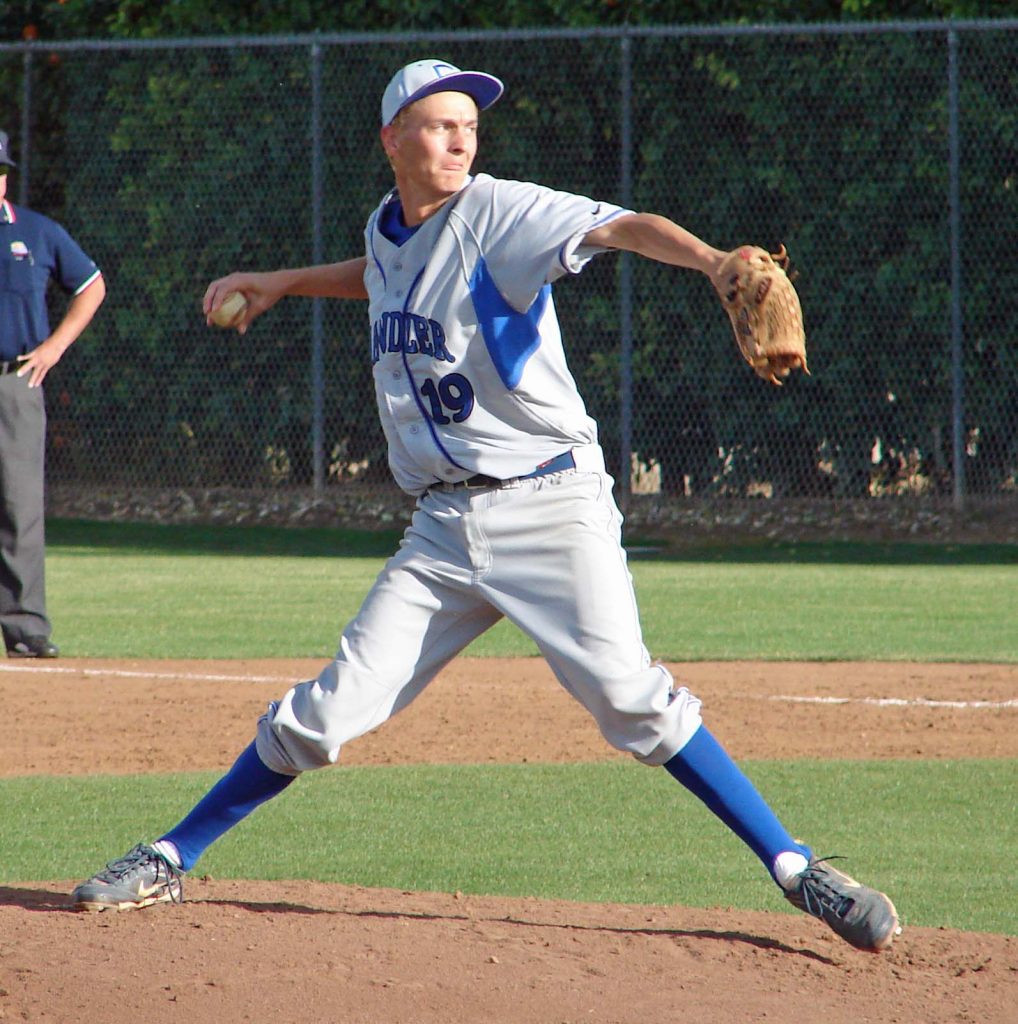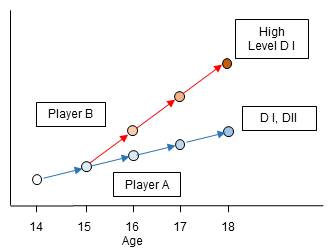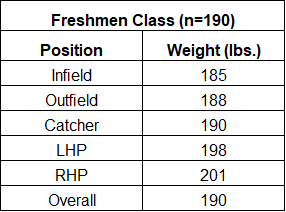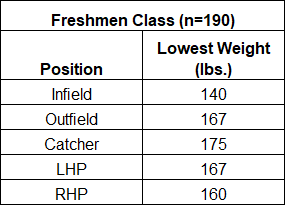
Projectable… How many times have we heard this term from coaches, showcase operators and scouts. Let’s be blunt, it means you are a player with potential but you are expected to grow and you are expected to fill out. But here is a simple question… What’s your trajectory? Imagine, two 14 year-old players with equal talent, equal height, equal weight and equal metrics, do they have the same trajectory?
Probably not, given genetics.
Genetics can give us a starting point, but by no means does it have to be an end point. In other words, you can still have a hand in it and influence the outcome. Strength, power and speed can be developed and improved every single day of the week. So… which player do you want to be? Player A or B? And when do you plan on making that decision?

Often during the summer and fall, players call and/or email in, or drop by RPP asking how quickly they can improve their metrics. The conversation often goes like this “I am about to enter my senior year and college coaches are telling me that my velo isn’t high enough” or “my 60-yard dash needs to improve”. These are all strength-related issues. Sometimes, these players arrive at our door steps with a look of utter frustration. Unfortunately, many of these young athletes have been on Player A’s trajectory going back several years. Their current predicament didn’t happen over night.
I can speak from first-hand experience; college coaches can tell which trajectory you are on. They’re very smart. They notice when you put on weight (muscle) in the off-season. They can tell if you have been working hard. Years ago, the Maryland pitching coach literally singled out my son at a showcase, pulled him aside and said “Wow! I remember you from last year. You have been working out. I want you to come and pay us a visit”. Obviously, it wasn’t just that he had put on weight, but off we were on a college visit to Maryland.
We also often hear this from some athletes “I work out and eat all the time but I don’t put on any weight”. Well, if it’s true, then you probably aren’t working out the right way and/or eating enough.
“Playing your sport and doing ladder and cone drills won’t add to your weight.”
Those activities take it away. Cheerios for breakfast, a bagel for lunch and pizza for dinner does not qualify as eating a lot (here is a brief nutritional plan for those looking to put on weight during the off-season).
College coaches make a bet all the time with a player showing promise that hasn’t fully grown out and/or filled out. But they do expect him to deliver on the promise by the time he shows up freshmen year. Unfortunately, not every “projectable” player delivers.
I can guarantee you that there aren’t many players at the highest DI-level programs that are still projectable. By the time they arrive as freshman, they are already on their way to becoming beasts. Here is the average weight for the entering freshmen class for 10 highly ranked national programs. I selected these pretty much randomly, Florida, Florida State, Oregon State, LSU, UVA, Vanderbilt, St. John’s, Maryland, UNC and Wake Forest:

Are there exceptions among them? Absolutely. There are always exceptions. Here are the lowest weights in each of the above categories for the same Freshmen players:

But remember, these are the exceptions. A 140 lbs. infielder at one of these schools is the exception, NOT the rule. It’s up to you if you want to be the exception. But, if you are a high school freshmen/sophomore pitcher or player considered “projectable” and you are looking to play in a high-level college program, you better start adding weight to your frame. The other guys joining you on the team during your freshmen year will already be there and ready to go. By freshmen year in college, these high-level guys are no longer “projectable”. Most likely, they have already done what they needed to do.
It’s really no different than anything else in life. Those that work hard, simply put themselves on a different life trajectory. Here are some of the definitions for “projectable”:
-
- An undertaking requiring concerted effort
- A plan or proposal for accomplishing something
It’s a term specifically about YOUR future. Don’t waste it. Here is a chart on MLB players’ approximate weights by position.
-
- Pitchers – 210 lbs.
- Catchers – 215 lbs.
- First Basemen – 225 lbs.
- Second Basemen – 195 lbs.
- Third Basemen – 210 lbs.
- Shortstops – 195 lbs.
- Left Fielders – 205 lbs.
- Center Fielders – 195 lbs.
- Right Fielders – 215 lbs.
By Bahram Shirazi (BSEE, MBA, Co-owner RPP)
If you’d like to be added to our email list, please enter your information below!
